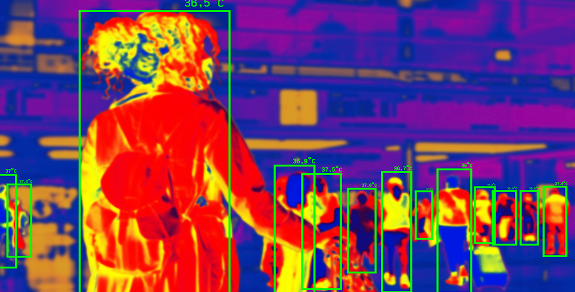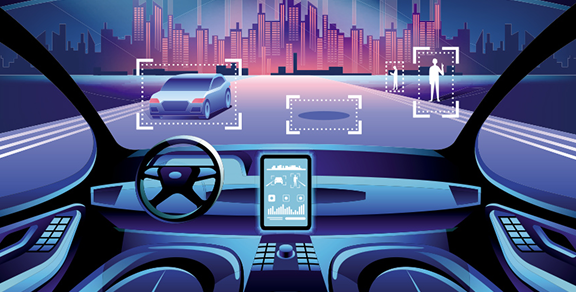Enhancing EV Safety with AI-
Powered Driver Drowsiness
Detection
About the Client
This article describes a real-life project. However, we cannot disclose our client’s name and the project details for privacy purposes.
The client is Vietnam’s largest automotive manufacturer, with a strong emphasis on electric vehicles (EVs). Competing in a rapidly evolving global market, the company recognizes that advanced, intelligent safety features are a key differentiator influencing customer purchasing decisions. To strengthen its competitive edge, the client seeks a smart driver monitoring solution that enhances road safety and integrates seamlessly with its existing ADAS (Advanced Driver Assistance Systems).
Project Overview
Rikkeisoft partners with Vietnam’s leading automotive manufacturer to build a Driver Drowsiness Detection System. The solution leverages AI-powered computer vision to monitor driver attentiveness in real time and integrates seamlessly with existing ADAS to enhance road safety in electric vehicles.

Industry
Automotive, Electric Vehicles

Technology
Computer Vision, Image Processing, Edge Device Computing

Country
Vietnam

Timeline
2024
Challenges
The project addresses several critical challenges in ensuring both safety and user experience for drivers:
High Accident Risk Due to Fatigue
Drowsy driving contributes to nearly 20% of long-distance accidents in Vietnam. A reliable detection system is necessary to reduce this number and improve overall road safety.
Real-Time Responsiveness
The system must process data in less than 100ms to ensure alerts are issued before the driver loses control. This requires highly optimized AI models running directly on edge devices.

Accuracy and Reliability
To be effective, the solution must achieve high precision and recall rates across diverse real-world driving conditions, including day/night lighting and varying driver behaviors.

User Acceptance
Alerts must be designed carefully to avoid irritating drivers. The challenge is to strike a balance between being assertive enough to prevent accidents while still being perceived as supportive and non-intrusive.

Seamless ADAS Integration
The solution must align with existing advanced driver assistance features like lane keeping and adaptive speed control, requiring smooth software and hardware interoperability.
Solution
Rikkeisoft develops a scalable, AI-driven monitoring solution with the following features:

Infrared Camera Monitoring
Global shutter infrared (IR) cameras continuously track the driver’s eyes, head position, and facial expressions. This ensures accurate monitoring in both daytime and nighttime conditions without being affected by lighting changes.

Real-Time Edge AI Processing
AI models are deployed directly on in-vehicle edge devices to analyze video data in real time, keeping system latency within ≤100ms for immediate response.

Multi-Modal Alert System
The solution introduces diverse alert mechanisms to warn drivers effectively, including steering wheel vibration, audio alarms, and visual notifications on the dashboard.

ADAS Integration
The drowsiness detection system connects with existing ADAS features. When fatigue is confirmed, the vehicle automatically assists in lane keeping and gradually reduces speed to prevent accidents.
Results
The solution is extensively tested on real vehicles and achieves strong outcomes:
Precision
93%
Recall
97%
End-to-End Latency
(including alerts)
<0.5s
Beyond the numbers, the project delivers a safety-critical feature that reduces accident risk and enhances the attractiveness of the client’s EV product line. Field testing across 500 vehicles confirms strong user acceptance, with 95% of drivers finding the alerts helpful and non-intrusive.
By combining cutting-edge AI with seamless ADAS integration, Rikkeisoft helps the client strengthen its brand reputation and customer trust—positioning the company as a leader in intelligent vehicle safety technology.
